Author: Marshall Schott
I’ll never forget the first time I ever tasted beer. As was common in my home during the mid-80s, my mom had a group of friends over to amply imbibe on various types of alcohol, among other things. One fella used to drink out of these curiously shaped bottles I thought were pretty cool, so when he walked away at one point, my 6-year-old self snagged the bottle for use as a rocket ship. After picking it up, I noticed there was a small amount of liquid still at the bottom, so I drank it in. Luckily for me, that liquid wasn’t spit, but rather Michelob, and I found it oddly satisfying.
I’ve often wondered if that experience is what set me down the oft spat upon path of enjoying the adjunct-laden style referred to as American Lager. In the ensuing years, I definitely snuck sips of the Budweiser, Coors Banquet, MGD, and other fine commercial offerings mom and her friends would drink, and to this day, the flavors of those beers trigger nostalgia for me. As much as I love the craft beer industry, I’d be lying if I said there isn’t a soft spot in my heart for these classic American beers, which the BJCP describes as follows:
A highly carbonated, very light-bodied, nearly flavorless lager designed to be consumed very cold. Very refreshing and thirst-quenching.
Nearly flavorless? Pssh! In my experience, and I’ve certainly plenty, the best examples of American Lager have a light but noticeable bready flavor that I find enhances their drinkability. More importantly, the fermentation character is clean yet leaves an irresistible “beeriness” on the palate that elicits memories of loud Harley’s, the scent of fresh lit charcoal briquettes, and Lynyrd Skynyrd. Ooooooh, that smell!
| BREWING THE BEER |
For this Short & Shoddy American Lager, I designed a simple recipe that included equal amounts of the cheapest corn grits and minute rice WalMart had to offer.
Short & Shoddy American Lager
Recipe Details
| Batch Size | Boil Time | IBU | SRM | Est. OG | Est. FG | ABV |
|---|---|---|---|---|---|---|
| 5.5 gal | 30 min | 14.1 | 2.9 SRM | 1.045 | 1.008 | 4.86 % |
| Actuals | 1.045 | 1.008 | 4.86 % | |||
Fermentables
| Name | Amount | % |
|---|---|---|
| Pelton: Pilsner-style Barley Malt | 8.25 lbs | 76.74 |
| Grits | 1.25 lbs | 11.63 |
| Instant Rice | 1.25 lbs | 11.63 |
Hops
| Name | Amount | Time | Use | Form | Alpha % |
|---|---|---|---|---|---|
| Tettnang (2017) | 38 g | 30 min | Boil | Pellet | 4.4 |
Yeast
| Name | Lab | Attenuation | Temperature |
|---|---|---|---|
| Harvest (L17) | Imperial Yeast | 74% | 50°F - 60.1°F |
Notes
| Water Profile: filtered Fresno tap water with unmeasured amounts of gypsum and calcium chloride |
Download
| Download this recipe's BeerXML file |
I began collecting the full volume of filtered water at 7:42 PM, to which I added unmeasured amounts of gypsum and calcium chloride.
When the water was properly heated, I stirred in the grist then checked to make sure it was at my target mash temperature.
I gave the mash a good stir every time I walked by it.
Once the 30 minute mash rest was complete, I removed the grains and set my electric controller to heat the wort up, at which point I prepared the single kettle hop addition.
The wort was boiled for just 25 minutes before being chilled with my Scylla IC.
A refractometer reading showed the wort was at 1.045 OG, for a brewhouse efficiency of 64%.
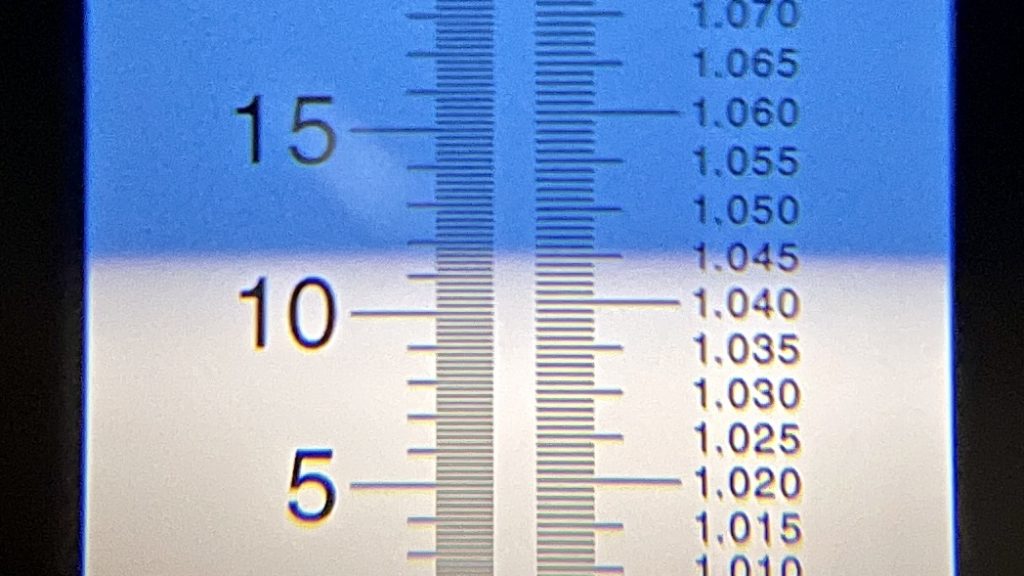
I then transferred the wort to my FermTank.
Next, I direct pitched a pouch of Imperial Yeast L17 Harvest into the 74˚F/23˚C wort.
I then connected the filled fermenter to my glycol rig set to maintain a fermentation temperature of 66°F/19°C. It was 9:51 PM for a total brew day time of 2 hours and 9 minutes.
After 6 days of fermentation, I notice no signs of activity and took a hydrometer measurement showing FG had been reached.
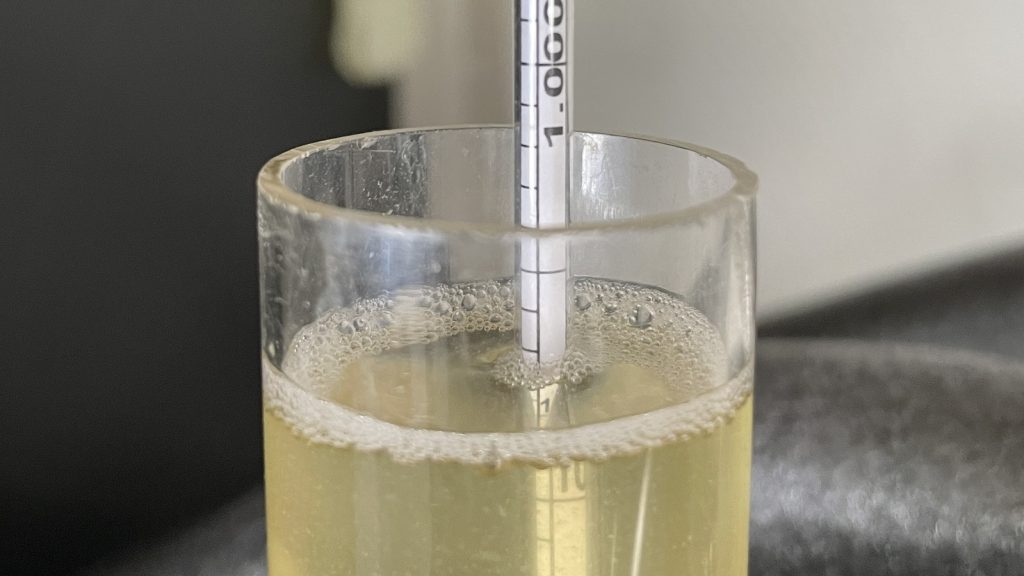
At this point, I set my glycol chiller to 35°F/2°C to cold crash the beer, returning 3 days later to transfer it to a CO2 purged keg.
The filled keg was placed in my keezer and burst carbonated at 50 psi for 15 hours before I reduced the gas to a serving pressure of 14 psi. After a week of cold conditioning in my keezer, it was ready to serve to tasters.
| RESULTS |
A total of 22 people of various levels of experience participated in this Short & Shoddy evaluation. Participants were informed of the specific beer style and provided the BJCP description prior to completing the survey. Tasters were then instructed to rate how hoppy, malty, and dry they perceived the beer to be on a 0-5 scale where a rating of 0 indicated “not at all” and 5 indicated “extremely.”
Tasters were provided a list of common hop, malt, and yeast characteristics then instructed to select from each the one they perceived as being most prominent in the beer.
Hop Characteristics
Malt Characteristics
Yeast Characteristics
Next, participants were asked to indicate whether or not they detected any off-flavors in the beer; those who did were provided a list of common off-flavors and instructed to select the one they perceived as being strongest. One person felt they perceived a grassy off-flavor while another taster believed they detected acetaldehyde in this beer.
Tasters were then asked to rate how well the beer represented the intended style, based on the provided BJCP description, on a 0-5 scale where 0 meant “not at all” and 5 meant “exactly.”
Finally, tasters were asked to rate how much they enjoyed the beer on a 0-5 scale where 0 indicated they hated it and 5 indicated they loved it.
My Impressions: Crisp, clean, refreshing, and endlessly crushable. I was very pleased with the way this beer turned out! To my palate, there was a tad more malt flavor than I get from my favorite commercial American Lagers, which I suspect is due to my use of Mecca Grade Estate Malt, though I’m certainly not complaining.
| CONCLUSION |
Despite being widely loathed by a decent swath of the craft beer crowd, it’s often said that the humble American Lager is one of the most difficult styles to brew, as it’s “near flavorlessness” offers nothing for flaws to hide behind. Perhaps it’s this specific characteristic that makes this simple style appealing to so many— it’s not pretentious, it has no desire to impress, rather it’s a reliable thirst quencher that can be drank by the sixer without breaking the bank.
As one might expect with a standard American Lager, tasters felt this Short & Shoddy example was rather dry, moderately hoppy, and generally lacking in hop character. Tasters seemed to largely agree that this beer was marked by clean fermentation and cracker/bread crust malt flavor. While fruity, floral, and melon were the most endorsed hop characteristics, given how low overall hop character in this beer was rated, it seems this indiscrepency may have been a function of participants being forced to select a descriptor.
Similar to the vast majority of tasters, I perceived no notable off-flavors in this Short & Shoddy beer and felt it was a surprisingly decent example of American Lager that drank as expected. Far from flavorless, but not distractingly complex, I was pleased with how this beer turned out, particularly considering my use of Tettnang hops that had been sitting in my freezer for over 5 years. All in all, I consider this Short & Shoddy American Lager a success!
If you have thoughts about this Short & Shoddy brew, please feel free to share it in the comments section below!
Support Brülosophy In Style!
All designs are available in various colors and sizes on Amazon!
Follow Brülosophy on:
FACEBOOK | TWITTER | INSTAGRAM
If you enjoy this stuff and feel compelled to support Brulosophy.com, please check out the Support page for details on how you can very easily do so. Thanks!



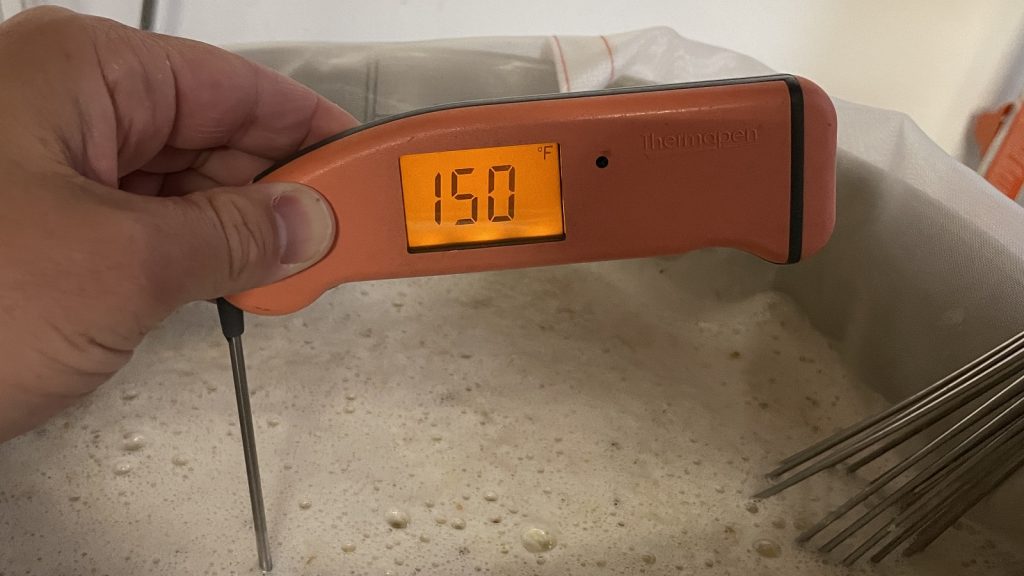
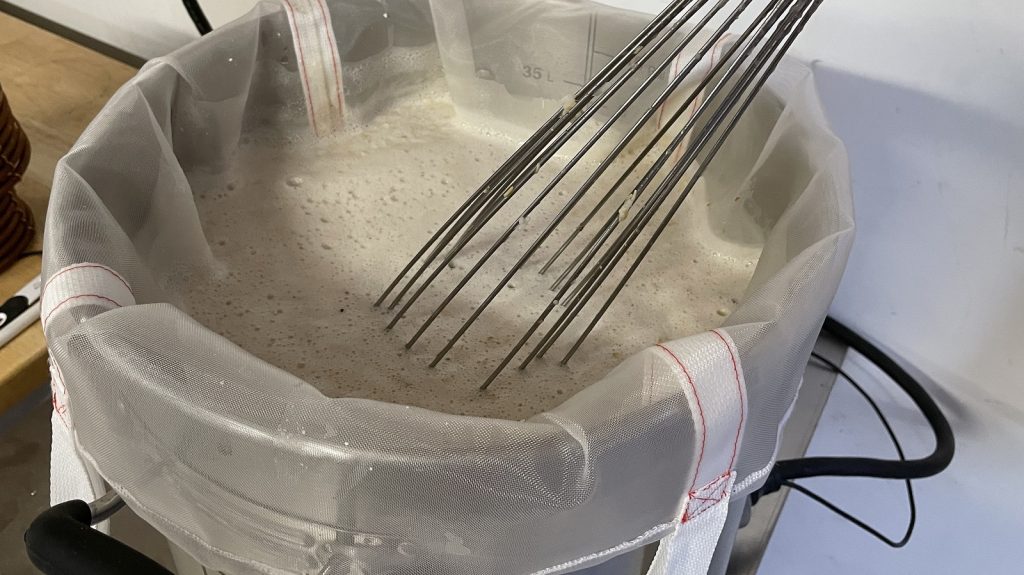
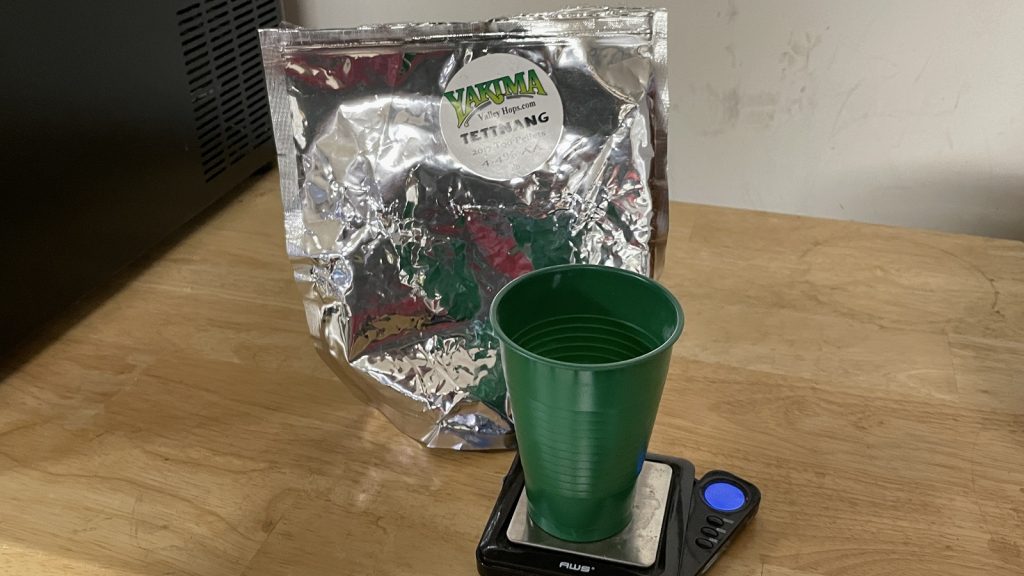
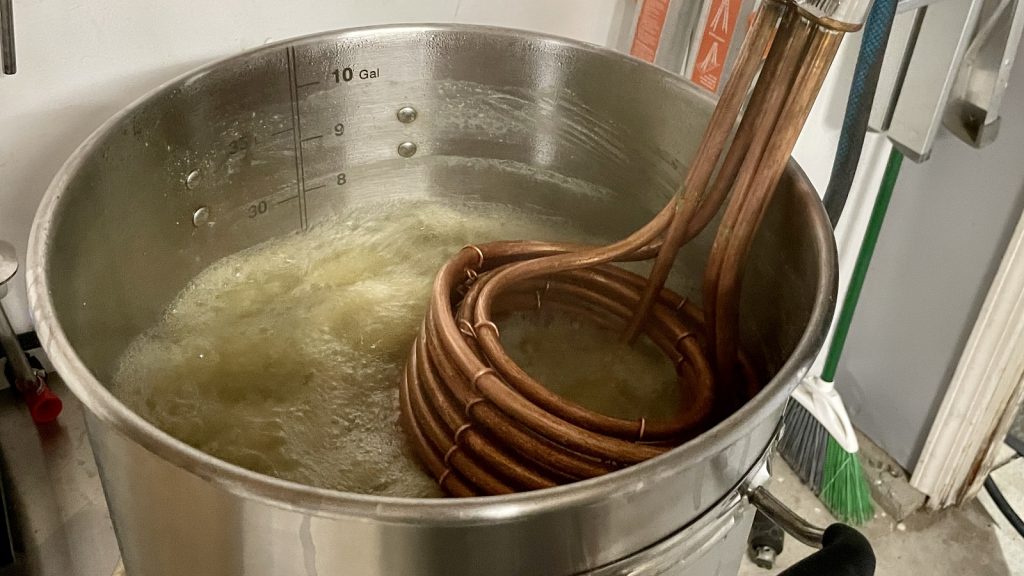
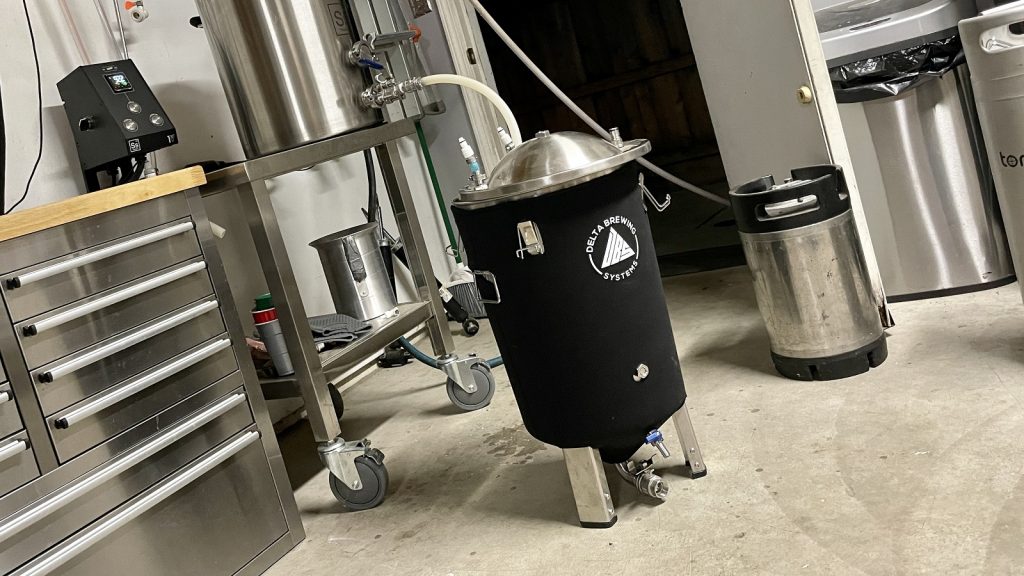
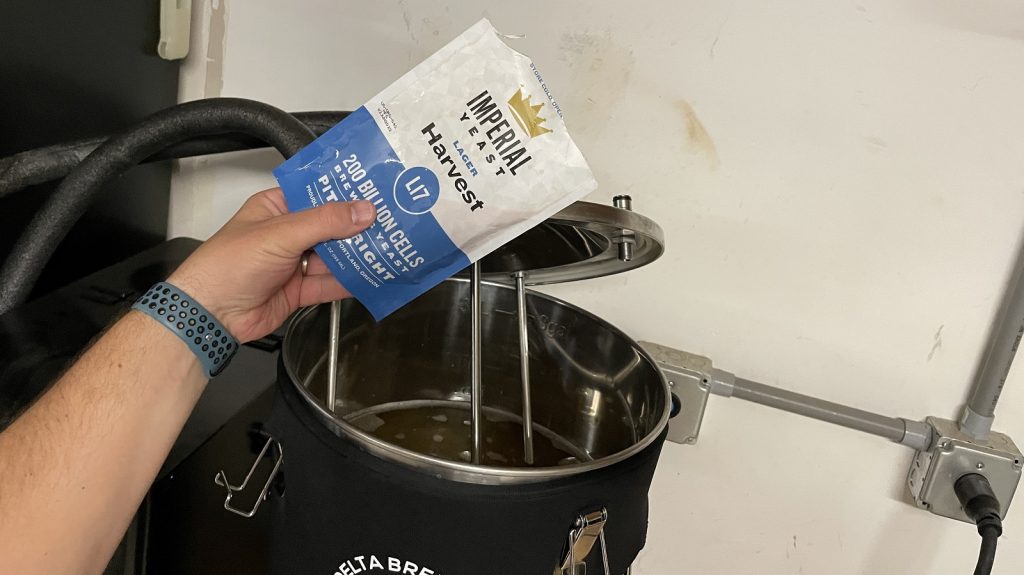
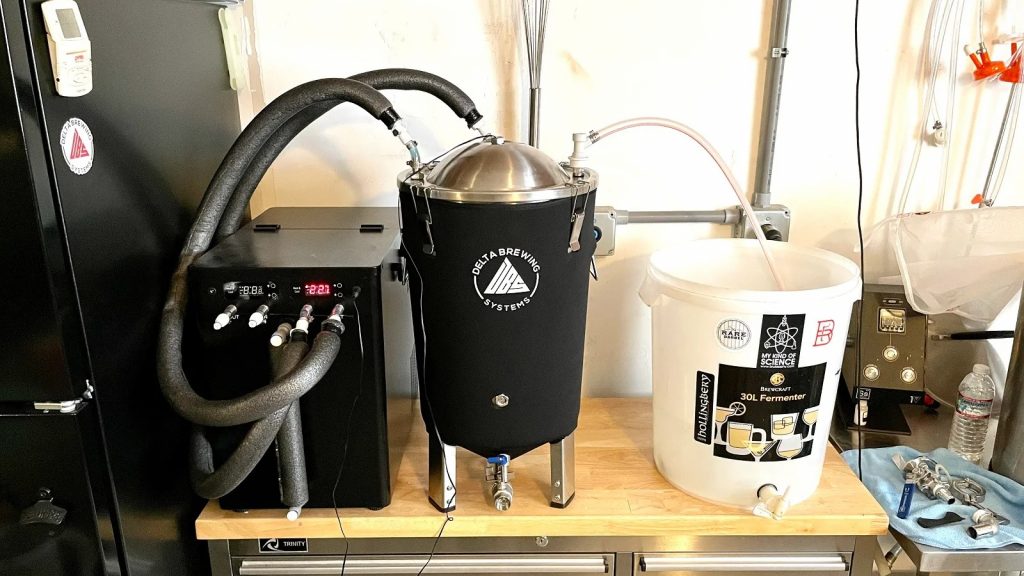
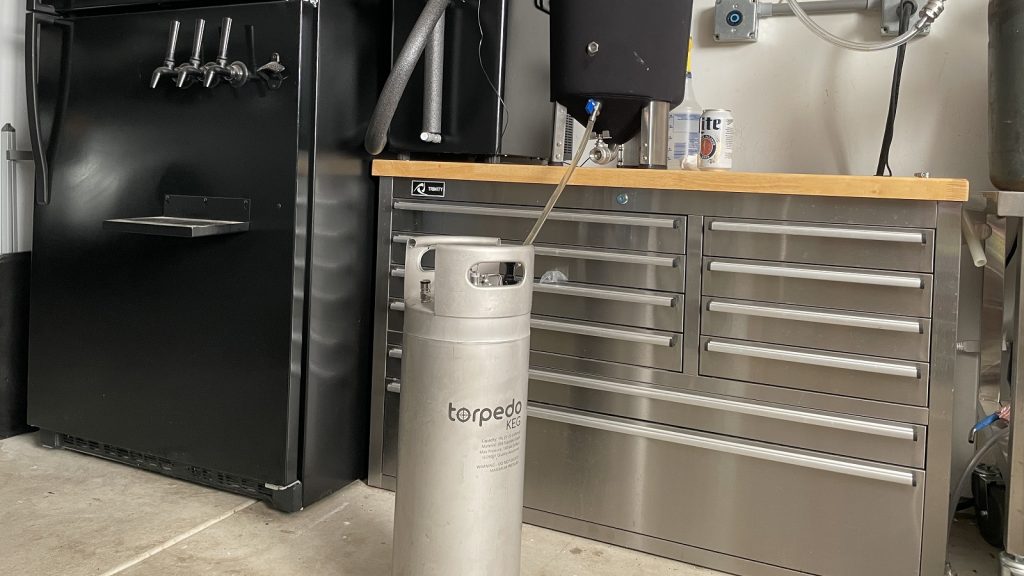
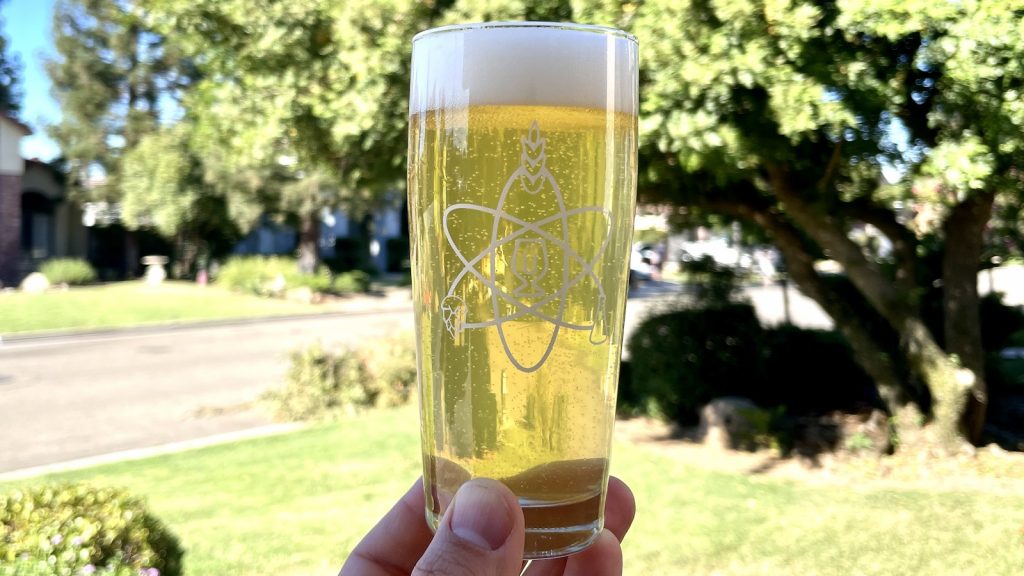
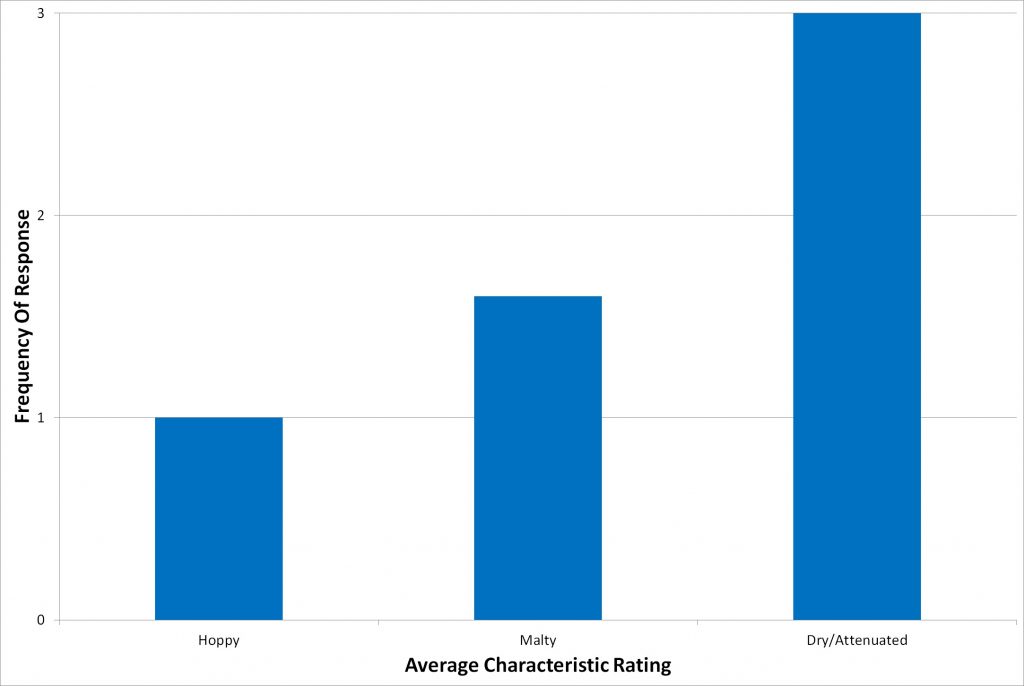
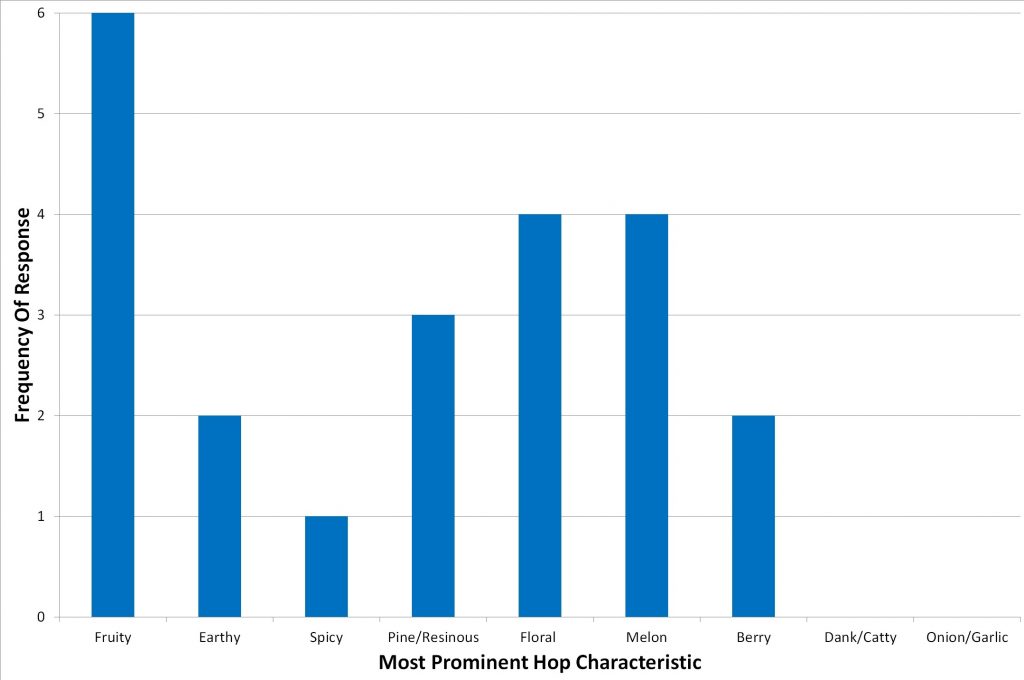
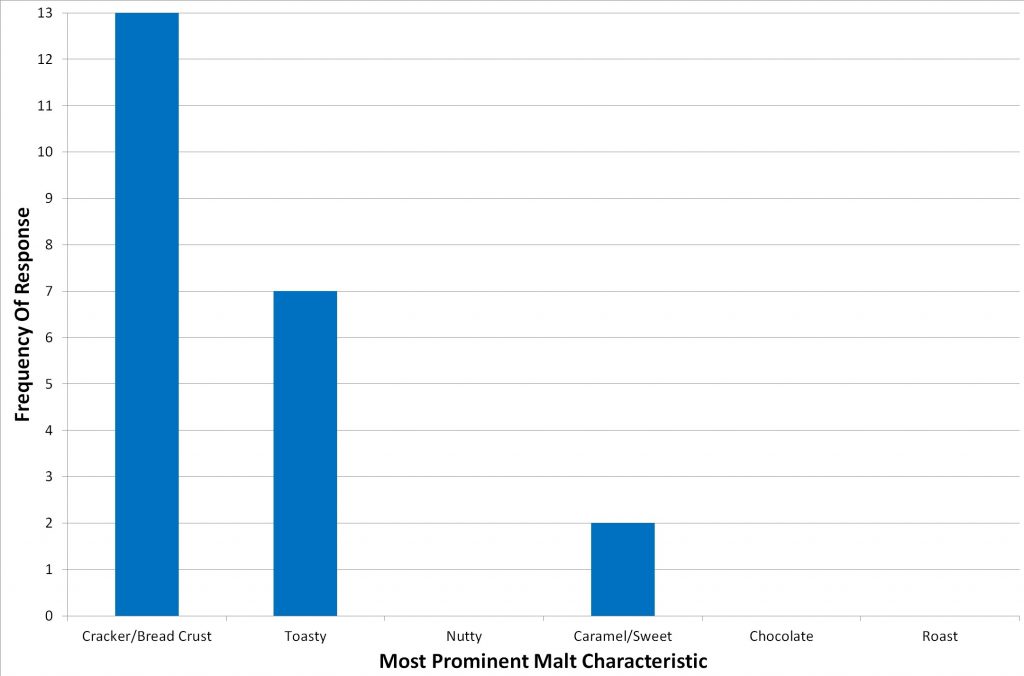
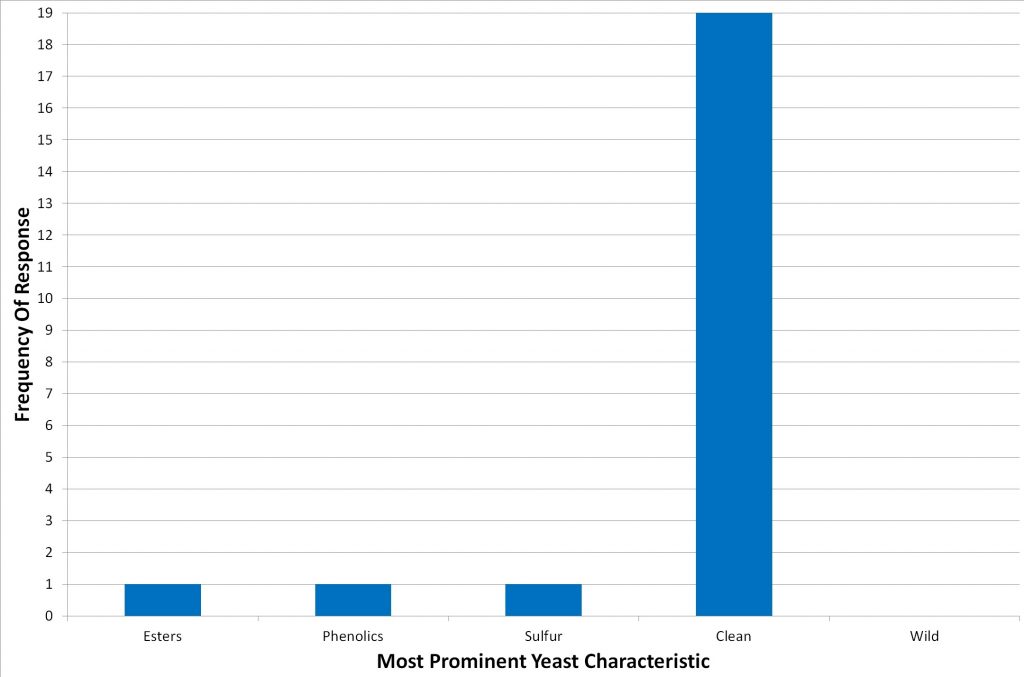
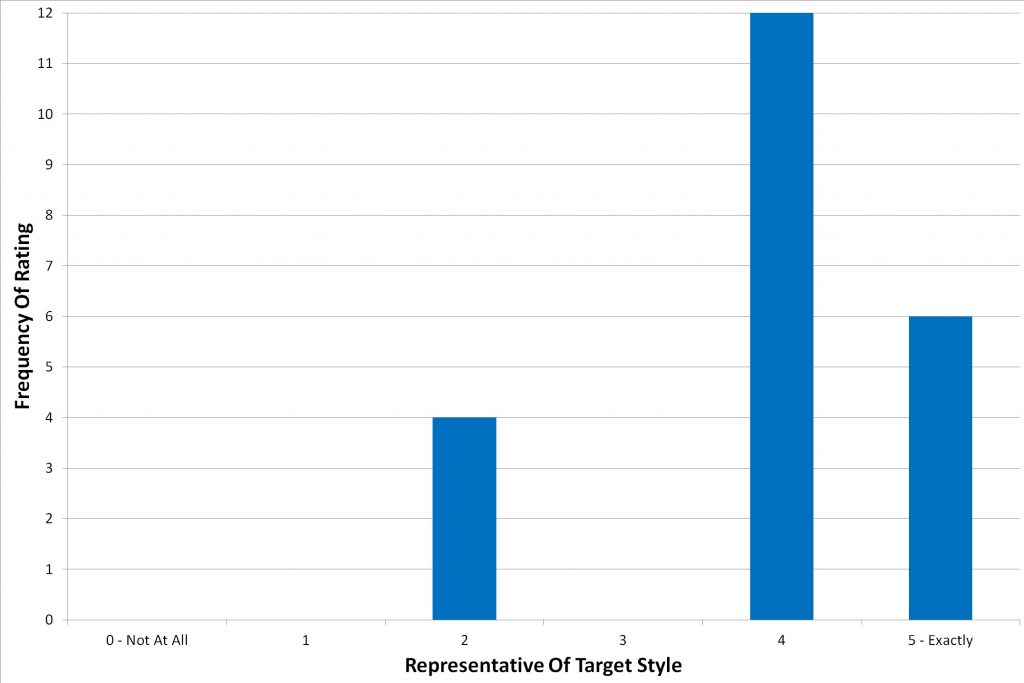
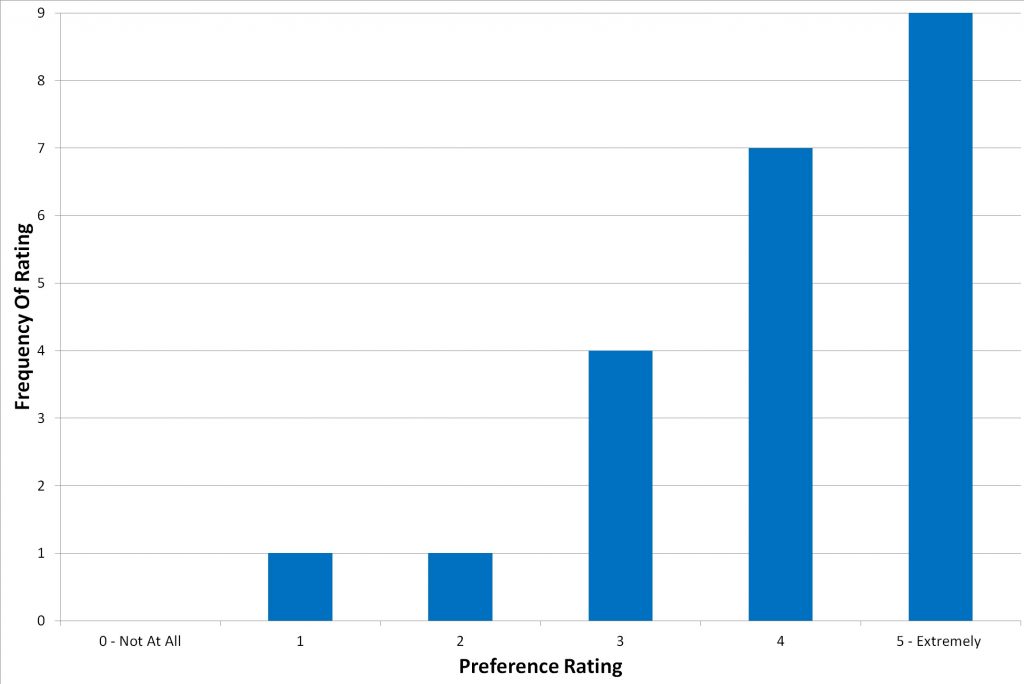











12 thoughts on “Short & Shoddy | American Lager”
Looks really good! Just wondering: If you’re letting the beer condition for a week in the keezer, why do you burst carbonate? Why not just set it and forget it at 14psi? Wouldn’t the burst carbonation method just waste more time when you have to vent and change pressure and more CO2 from the venting?
The reason you hit it with high psi is because it absorbs into the cold liquid. No need to depressurise
Great intro with all that throwback nostalgia! I had a similar 80’s childhood. I always have a Coors Light or something similar in my fridge for when the occasion calls.
I’m very interested in your use of corn grits here. I thought that grits weren’t gelatinized, and would need a cereal mash to be used (as opposed to flaked corn, which could be used directly in the mash)
Was there something special about the grits that allowed them to be mashed easily? Or am I mistaken?
Gotta use QUICK grits!
That makes a lot of sense!
What brand of quick/instant grits did you use? I have been unable to find quick grits that didn’t include (lots and lots of) sodium. I would prefer using quick grits to flakes so long as they are not loaded with other stuff. Cheers.
Pitching Harvest ar 23C? I just can’t deal with this!
The humanity!!!!
I agree with the skepticism with the “nearly flavorless” characterization. “Relatively” to a lot of beer, maybe, but that’s a very different thing. It’s like saying sole meunière is relatively flavorless to spanish mackerel in spicy tomato sauce, but nobody in their right mind would call the sole nearly flavorless.
Well made US lagers are great things in their own right.
Look at shelf life of your malt, since the enzymes can be weak then the mash time will be longer.
How can I make this recipe gluten free?